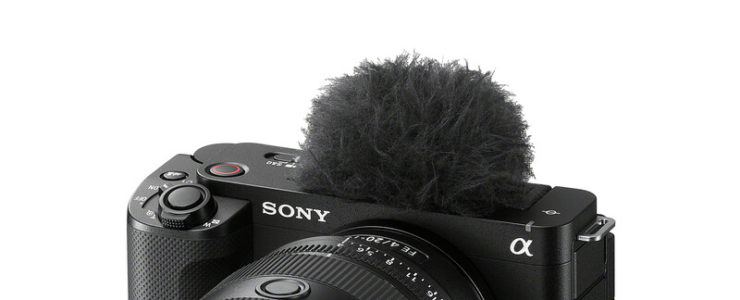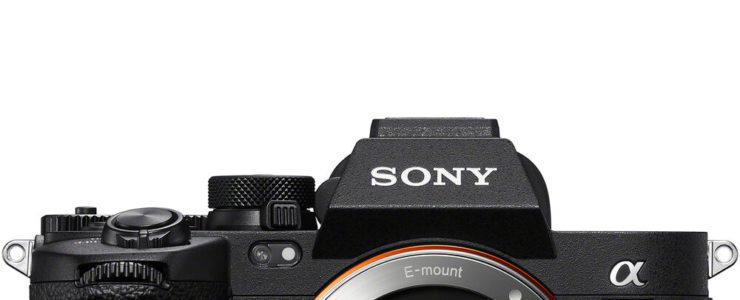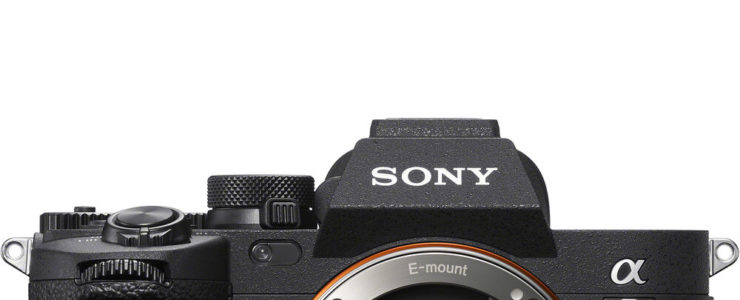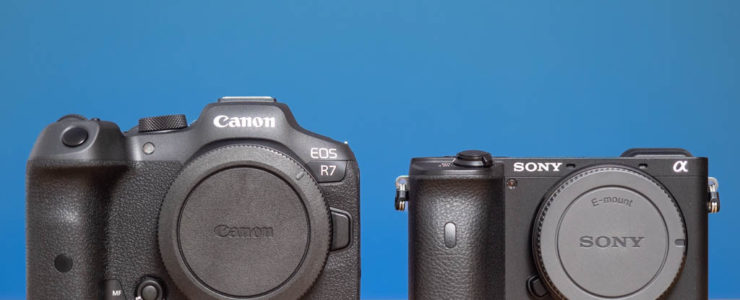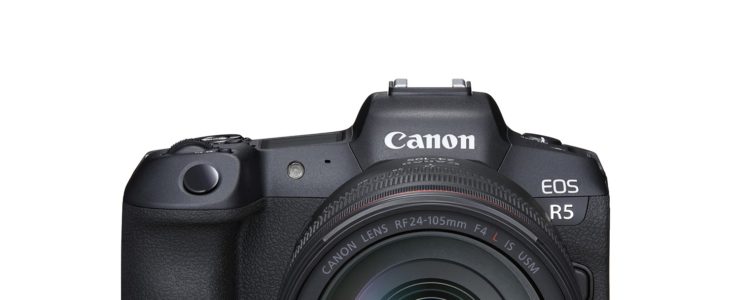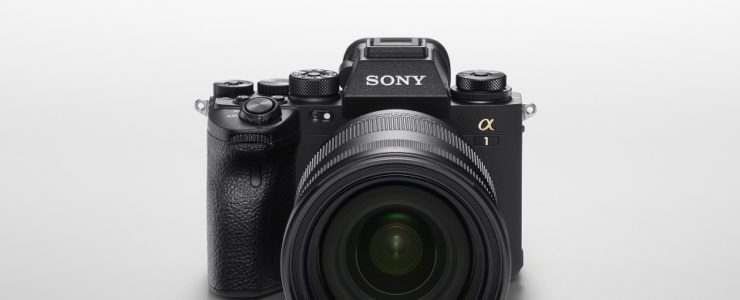Sony Announces The ZV-E1, Full-frame Camera For Content Creators
Sony released a full frame mirrorless camera, the Sony ZV-E1, aimed at the video making folks.
Sony ZV-E1 at a glance:
- Designed for Content Creators
- 12MP Full-Frame Exmor R CMOS Sensor
- UHD 4K 120p / FHD 240p / 10-Bit 4:2:2
- 5-Axis SteadyShot Image Stabilization
- 15+ Stops Dynamic Range, AI Auto-Framing
- Multi-Face Recognition, Time-Lapse
- Product Showcase Setting
- S-Log3, S-Gamut3, S-Cinetone, User LUTs
- Extended ISO 80-409,600
- Internal Mic + Inputs, USB Streaming
Sony press release:
Sony Electronics Announces the ZV-E1, a New Full-Frame, Interchangeable Lens Camera for Video Creators
A Compact Lightweight Body Designed to Give Creators the Ultimate Video and Content Creation Tool
SAN DIEGO, March 29, 2023 /PRNewswire/ — Sony Electronics announced today the new ZV-E1, an interchangeable lens camera with a high performance 35mm full-frame image sensor for the ultimate video creation experience. Newly positioned in Sony’s ZV vlog camera line-up, the ZV-E1 boasts a 12MP full-frame image sensor, Sony’s latest BIONZ XR image processing engine, a dedicated AI (artificial intelligence) processing unit, compatibility with over 70 Sony E-mounti lenses, and other advanced technologies for capturing cinematic imagery with rich colors, low noise and high precision. The world’s most compact, lightweight full frame interchangeable lens cameraii , the ZV-E1 offers outstanding mobility, with refined operation to give video creators maximum creative freedom and versatility.
“The ZV-E1 has been designed to deliver a premium content creation tool for video creators who want to elevate their content,” says Yang Cheng, Vice President, Imaging Solutions, Sony Electronics Inc. “We are constantly listening to feedback from our customers, pushing to innovate to meet their demands. We have taken all the information into mind with our development of this new camera – with more sophisticated video features, a streamlined user experience and an extremely compact design, the ZV-E1 offers a whole new way for today’s creators to create top level video content.”
Expressive imagery that emphasizes the subject
The ZV-E1 is a dedicated content creation camera that features a 35mm full-frame back-illuminated CMOS Exmor R™ sensor, with approximately 12.1 effective megapixels, delivering high sensitivity, low noise and gorgeous bokeh.
With up to eight timesiii more processing power than previous Sony processors, the new BIONZ XR™ image processing engine markedly boosts high-sensitivity performance, gradation rendering, color reproduction, low-noise performance, and more. The high volume of data generated by the image sensor can be processed in real time, even when shooting 4K (QFHD: 3840 x 2160) footage at 120piv. The BIONZ XR processor also contributes significantly to improved AF speed and precision.
High-quality 4K (QFHD) video can be recorded with full pixel readout at 10-bit 4:2:2, without the need for pixel binning and with very high speed to minimize rolling shutter. This makes the expressive advantages of the full-frame format available for video recording while delivering high-resolution 4K footage. Users can upgrade from 4K 60p to 4K 120pv through the Creators’ Cloud for extraordinarily smooth 5x (max.) slow-motion imageryvi. Direct playback for video in slow or quick motion in the S&Q modevii boasts outstanding image quality.
With 15+ stop latitudeviii, it’s possible to capture natural looking images in a wide variety of lighting to capture natural looking images even in extraordinarily low light situations without losing highlight or shadow detail. The standard ISO range extends from 80 to 102400 for both stills and movies. The expanded range for stills is 40 to 409600, and the expanded range for movies is 80 to 409600.

